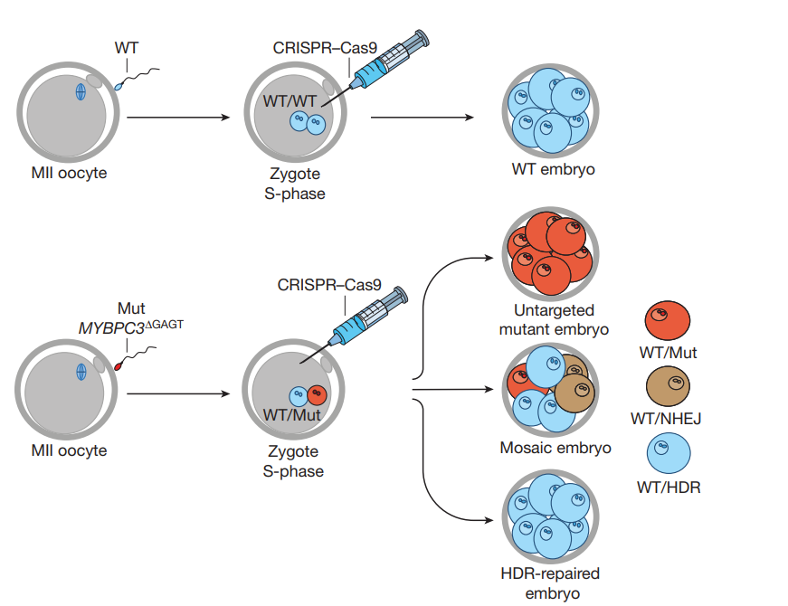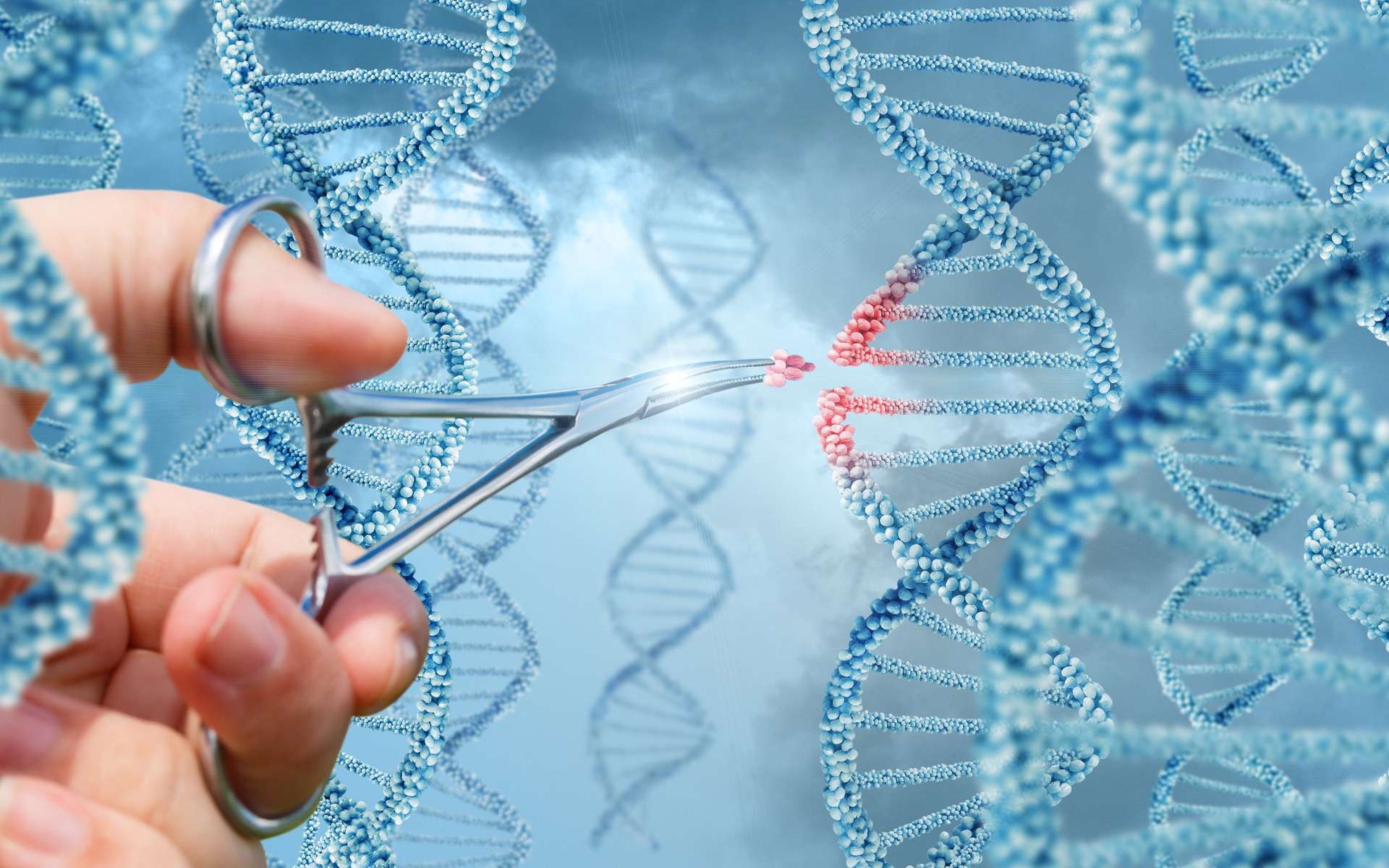By Charalampos Karouzos,
Research on human cells and especially human embryos is currently a topic of great controversy. Scientists bring forward the value of such experiments for medicine and research, and public opinion on the other hand doubts the morality and the possible manifestations of such experimentation. During the last decade, however, researchers have been experimenting on cells that mimic embryos but originate from normal adult cells. This was possible by a technique, simply explained as reverse engineering of cells. Genes found normally only in the DNA of stem cells or even embryonic stem cells were activated, and genes that are normally active in more differentiated cells were inhibited. This process although far from perfect has allowed both studying stem cells more ethically (although controversies still arise) and understanding how stem cells differentiate and produce all the differences in features of cells.
However, to further complicate the already heavily conflicted discussion in 2015, a groundbreaking paper by Chinese scientists P. Liang and Y. Xu revealed that the previously known CRISPR-Cas9 (clustered regularly interspaced short palindromic repeats and Cas9 is the name of another protein) system can be successfully applied to human gene editing. It is crucial to first present the abilities obtained by the novel system. Simply placed, scientists can modify the DNA of a cell, altering genes at will. This allows the creation of custom DNA, with the desired sequence of bases (the building blocks of DNA) and thus the desired outcome of a gene. CRISPR research is progressing at a rapid pace and recently scientists have also uncovered new CRISPR-Cas systems (Cas13) that can target RNA instead of DNA. The plethora of applications of this tool gives hope to patients suffering from genetic diseases previously untreatable, but also raises awareness among people due to the possible misuse of the power of customizing DNA.

Regarding the ethical barriers of CRISPR systems scientists in the field started the discussion in 2015 and continued in 2017 when a comprehensive report examining numerous aspects of human genome editing was published. The NASEM (National Academies of Sciences, Engineering, and Medicine) report provides the most influential and broad high-quality data regarding human genome editing ethical issues.
Specifically, the Committee approved experimentation only on somatic cells and strictly banned genomic and enhancement-centered modification of the DNA. To explain, research cannot be performed on cells that could produce new organisms (sperm cells or oocytes), but on cells that can only proliferate. Additionally, the committee concluded with three major concerns regarding the worldwide usage of CRISPR technologies.
The first topic to be set under investigation is the power and technical limitations of CRISPR technology. By using this system, we can edit genomes of cells creating a unique custom DNA or RNA, but the process is still not perfect, thus an unwanted outcome is the creation of cells in the same organism with different genetic information (mosaicism). Secondly, it is still unknown should modified organisms will be affected indefinitely, and whether the edited genes will be transferred to future generations, potentially affecting them in unexpected ways. In other words, changes in one individual may affect their offspring with unknown consequences. Thirdly, there is skepticism around the fact that such practices can alter genes that may cause an unprecedented phenotypical alteration since the relationship between genes and phenotypes are complex and yet to be fully understood. Most characteristics of humans are not linked to one specific gene, for example, the color of somebody’s eyes is not due to one gene but is affected by many genes and factors. So, altering a gene, especially those involved in complicated processes, most of the time will not cause the desired alteration and even it can interfere with other physiological processes.
Opposing the risks and limitations of CRISPR systems lie the previously unseen potential of not only treating but curing many genetic diseases. The primary cause of infant (less than 1-year-old) mortality worldwide is congenital abnormalities, such conditions are characterized by malformation or absence of a physiological system or process usually linked to one abnormal gene or factor. On top of that, more than 10,000 monogenic inherited disorders have been identified, affecting millions of people worldwide. For these rare, but not extraordinary cases, CRISPR systems appear as “a deus ex machina” for patients previously treated only symptomatically.
The international study published in Nature in 2017 with the title Correction of a pathogenic gene mutation in human embryos, provides clear-cut evidence of the possible application of CRISPR systems. The study focused on a specific mutation (MYBPC3), a mutation that predisposes individuals to hypertrophic cardiomyopathy (HCM), one of the major heart diseases. The frequency of the MYBPC3 mutation is ranging from 2% to 8% in major Indian populations, thus in certain groups of people, many are at risk of HCM. The international research team managed to cure human embryos with the mutation by using a CRISPR system and the embryo cells continued development into blastocysts and ES (Epidermal Stem) cells without cytogenetic abnormalities. The previously untreatable mutation is now corrected in vitro with the novel biomedical tool, signifying its unique ability to help treat patients.


Concludingly, although the human embryos experimentation alongside the novel biomedical tool of CRISPR systems function as a beacon to the future treatment and cure of thousand of diseases nowadays untreatable, the ethical restrictions and the voice of the public opinion regarding such experiments, constrains the development of science. However, the conflicting issues raised are justifiable as the manifestations of the misusage of such advanced biomedical tools can be devastating to humankind, creating a dystopia like the one presented by Andrew Niccol in the movie GATTACA. Thus, the primary step to let science canter must be to set worldwide applicable rules and laws to limit misusage of the knowledge. To help suffering patients though we must allow scientific development to galop, by providing support and funding to research groups aiming to cure diseases. Specifically, Governmental support for research that follows strict set criteria allows the development of curative therapies, and at the same time assists the elimination of the need for private investments in such delicate technologies, with the great risk of individuals taking advantage of the scientific progress in unpredictable ways.
References
- Adli, Mazhar and Brokowski, Carolyn. CRISPR Ethics: Moral Considerations for Applications of a Powerful Tool. Review: CRISPR Ethics (pg 88-100)
- Ma, Hong et al. Correction of a pathogenic gene mutation in human embryos. Nature, vol. 548, 24 August 2017 (pg 413-437)
- Powell, Kendall. What’s next for lab-grown embryos?. Nature, vol. 597, 2 September 2021 (pg 22-24)




